Bulgaria General Information
Bulgaria General Information

WELCOME TO BULGARIA
General Information
Location:
Bulgaria is situated in Southeast Europe and occupies the eastern part of the Balkan Peninsula.
To the north it borders on Romania, to the west on the Republic of Macedonia and the Federal Republic of Yugoslavia, to the east on the Black Sea, to the south on Greece and to the southeast on Turkey's European part.
Area: 111.000 sq km.

Relief:
Extremely varied: large plains and lowlands, low and high mountains, valleys and lovely gorges.
Climate:
Temperate continental with clearly marked four seasons.
A Mediterranean influence is felt in the country's southern regions.
The average annual temperature is 10.5°C.
The average January temperature is around O°C.
Average summer temperatures rarely exceed 30°C.
Population:
Bulgaria has a population of approximately 7.8m people, and a land area of 43,000 miles (111,000 km). Sofia, the Capital, which has approximately 1.2 m residents and is the largest city in Bulgaria. The other main Cities and Towns are Plovdiv, Varna, Bourgas, Stara Zagora, Ruse and Pleven
Language:
Bulgarian.
English, German, French and Russian is spoken in the country's resorts, hotels and restaurants.
Alphabet:
Cyrillic. Signs along international motorways, in airports and resorts are also spelled in Roman letters.
Religion:
86.6% of the population are Orthodox Christians, 13% are Muslims. The Bulgarian Church is autonomous and headed by a Patriarch.
State government:
Bulgaria is a parliamentary republic with democratic government.
Capital:
Sofia (pop. 1,141,000)
Large Cities: Plovdiv, Varna, Bourgas, Rousse, Veliko Tarnovo

Key Tourism Destinations
From a tourism perspective, the most popular destinations are along the coastline, the Ski resorts and the Spa & Wellness resorts. The Black Sea Coast is dominated by the larger more successful summer resorts such as those at Sunny Beach, Pomorie, Sozopol, St. Vlas, Albena and Balchik, which are serviced by two main airports at Bourgas and Varna.

The mountain destinations have grown in popularity substantially in recent years, the most successful one being at BANSKO, the other two main Skiing resorts being Borovets and Pamporovo. Skiing is also available in Sofia on Vitosha Mountain.

Spa & Wellness: Bulgaria’s spas and hot mineral springs have been noted for their recreation effects ever since the ancient Tracian, Greek and Roman times. Over 800 hydro mineral springs clustered in over 240 water formations, rich in hot and cold mineral water with temperatures varying from 37°C up to 101°C, spout out from a depth of over 2000 metres. Bulgarian hydrothermal, bioclimatic, mud treatment, sea cure and other health resources are ranked among the best in Europe.
Bansko offers modern spa centres for your complete relax and recreation. Most of the high class hotel complexes offer different massages and relaxing spa procedures, performed by professionals in the field.
Events Overview
The Bulgarian lands have rich and most diverse cultural heritage. Inhabited since prehistoric times, they keep lasting traces from different ages with rich traditions. Their location on a crossroads explains the intertwining, mixing, the mutual influences of the culture, mores, and religions of tribes and peoples, having lived and crisscrossed the region.
Invaluable is the cultural and historical heritage of ancient Thracians, Greeks, Romans, of generations of Bulgarians leaving through their achievements intriguing and useful information about their lifestyle, traditions and their spiritual enlightenment.
Here is a list of some of the most popular national holidays, which you might find interesting:
• Christmas Eve (24, 25 and 26 December)
The Christmas celebrations start on 24th December and continue three days. Nine vegetarian dishes are prepared and ritual bread is baked. Families gahter on the table with meat meals on it, sing songs and have fun.
KOLEDUVANE 25 December
Koleduvane is the biggest folk musical event in which only boys participate as major figures in the ritual. The basic idea is to wish health, good luck and fertility to the heads of households, to their houses, livestock, land, etc. The koledari, as those participating in the ritual are called, are divided into two age groups. The first group includes those between the ages of 15 and 18, the second those from 6 to 14. Each group consists of 10 to 15 koledari who divide the houses of their village or neighborhood among themselves, to be sure each house will be blessed.
• New Year (31 December, 1 and 2 January)
On the first day of the New Year the children visit the neighboring houses carrying with them a “survachka” a cornel-tree twig decorated with bright woolen threads and small coins. The children then bless the members of the families they visit and wish them health and fortune all through the new year.
• Liberation Day, National Bulgarian Day (3 March)
March 3, Bulgaria’s national day, symbolises the restoration of the third Bulgarian kingdom after almost 500 years of Ottoman rule. The treaty of San Stefano, signed on March 3 1878, was the milestone of this process and the day remains one of the most celebrated in Bulgaria’s history. The San Stefano treaty ended the Russo-Turkish, which started in 1877.
Please note that, 3 March is official public holiday in Bulgaria, and is a non-working day for state institutions, schools and most private businesses but restaurants, bars and cafes and big shops are open.
• Easter - one week after the Catholic Easter
Easter in one of the most significant holidays in the Bulgarian calendar. In tune with worldwide Orthodox traditions, bright red colored eggs and Easter breads known as "kolache" or "kozunak" are the prominent symbols of Easter in Bulgaria.
Other non-working days for state institutions, schools and most private businesses are:
• Labour day (1 May) – Labour day is official non working day in Bulgaria and state institutions are not working.
• Bulgaria’s Unification Day (6 September) -
• Bulgarian Independence Day (22 September)
Bulgarians observe a number of traditional customs as well:
• Trifon Zarezan on 14th February is the ancient festival of the wine growers. Vines are pruned and sprinkled with wine to ensure a bounteous harvest.
• On 1st March Bulgarians give one another martenitsa, red and white tasselled threads which are worn for health and happiness at the coming of spring. When wearers see their first stork of the season, the martenitsa is tied to the nearest tree.
• The Mummers Day – By the end of the Winter, on Zagovezni in Bulgaria special rituals called Mummer's games take place. The Mummer's games are performed by men only. They put on special masks hand-made by each of the participants.
Most of the masks are constructed by wood. Different colored threads are glued on it as well as pieces of multicolored fabrics, mirrors and other shiny elements. The masks representing a ram, a goat or a bull are considered the strangest. Their necessary part of the Mummer's games proves the thesis that the origin of the mummer's games is connected to the ancient Dionysius' games.
• Cyrillic Alphabet Day (24 May) – Bulgarians celebrate the day of the Sts Cyril and Methodius, dedicated to spirituality and education.

The Festival of Roses is celebrated with folk songs and dances at Kazanlak and Karlovo on the first Sunday in June.
• The Jazz Festival – 8 -13 August, Bansko – Jazz virtuosos from all over the world perform on Bansko’ s stage. All jazz fens are welcomed to experience a real music fiesta at the foot of the Majestic Pirin Mountain.
• “Nestinarstvo” – fire dancing is one of the most mysterious phenomena in the Bulgarian history and folklore. This pagan ritual is marking the arrival of summer fire dancers in deep trance. They are walking bare foot on hot coals under the sounds of bagpipes and drums, carrying an icon of St. Constantine.
• Bagpipe Festival in Gela, Rodope Mountains – in August, musicians from all over the region get together to blow their gaidi, at the Rodope annual bagpipe festival. A speciality of the Rodope Mountain, the huge, deep-voiced kaba gaida accompanies singing or plays dance music, alone or in concert with other bagpipes, and the festival is a rare chance to hear the awesome sound of Sto kaba gaidi - one hundred of them playing together.

The Celebrations of the Thracian Kings in the valley of the Thracian kings – 31 August – 2 September – Life show on open stage in Kazanlak. By arts of dancing, music and individual charm young artists re-create part of the Dionysius mysteries and the way the God of wine and his suite entertained themselves.
• 23rd September – the Plumb Festival – Interesting festival honouring the Plum Rakia in Troyan town in Bulgaria. Troyan town is being transformed into a original life stage, presenting unique traditions, delicious local cuisine and of course the famous Troyanska Slivova Rakiya (plum rakia).
• 1 November – National Day of the Bulgarian Enlighteners (Holiday for all educational institutions)

WELCOME TO BULGARIA
General Information
Location:
Bulgaria is situated in Southeast Europe and occupies the eastern part of the Balkan Peninsula.
To the north it borders on Romania, to the west on the Republic of Macedonia and the Federal Republic of Yugoslavia, to the east on the Black Sea, to the south on Greece and to the southeast on Turkey's European part.
Area: 111.000 sq km.

Relief:
Extremely varied: large plains and lowlands, low and high mountains, valleys and lovely gorges.
Climate:
Temperate continental with clearly marked four seasons.
A Mediterranean influence is felt in the country's southern regions.
The average annual temperature is 10.5°C.
The average January temperature is around O°C.
Average summer temperatures rarely exceed 30°C.
Population:
Bulgaria has a population of approximately 7.8m people, and a land area of 43,000 miles (111,000 km). Sofia, the Capital, which has approximately 1.2 m residents and is the largest city in Bulgaria. The other main Cities and Towns are Plovdiv, Varna, Bourgas, Stara Zagora, Ruse and Pleven
Language:
Bulgarian.
English, German, French and Russian is spoken in the country's resorts, hotels and restaurants.
Alphabet:
Cyrillic. Signs along international motorways, in airports and resorts are also spelled in Roman letters.
Religion:
86.6% of the population are Orthodox Christians, 13% are Muslims. The Bulgarian Church is autonomous and headed by a Patriarch.
State government:
Bulgaria is a parliamentary republic with democratic government.
Capital:
Sofia (pop. 1,141,000)
Large Cities: Plovdiv, Varna, Bourgas, Rousse, Veliko Tarnovo

Key Tourism Destinations
From a tourism perspective, the most popular destinations are along the coastline, the Ski resorts and the Spa & Wellness resorts. The Black Sea Coast is dominated by the larger more successful summer resorts such as those at Sunny Beach, Pomorie, Sozopol, St. Vlas, Albena and Balchik, which are serviced by two main airports at Bourgas and Varna.

The mountain destinations have grown in popularity substantially in recent years, the most successful one being at BANSKO, the other two main Skiing resorts being Borovets and Pamporovo. Skiing is also available in Sofia on Vitosha Mountain.

Spa & Wellness: Bulgaria’s spas and hot mineral springs have been noted for their recreation effects ever since the ancient Tracian, Greek and Roman times. Over 800 hydro mineral springs clustered in over 240 water formations, rich in hot and cold mineral water with temperatures varying from 37°C up to 101°C, spout out from a depth of over 2000 metres. Bulgarian hydrothermal, bioclimatic, mud treatment, sea cure and other health resources are ranked among the best in Europe.
Bansko offers modern spa centres for your complete relax and recreation. Most of the high class hotel complexes offer different massages and relaxing spa procedures, performed by professionals in the field.
Events Overview
The Bulgarian lands have rich and most diverse cultural heritage. Inhabited since prehistoric times, they keep lasting traces from different ages with rich traditions. Their location on a crossroads explains the intertwining, mixing, the mutual influences of the culture, mores, and religions of tribes and peoples, having lived and crisscrossed the region.
Invaluable is the cultural and historical heritage of ancient Thracians, Greeks, Romans, of generations of Bulgarians leaving through their achievements intriguing and useful information about their lifestyle, traditions and their spiritual enlightenment.
Here is a list of some of the most popular national holidays, which you might find interesting:
• Christmas Eve (24, 25 and 26 December)
The Christmas celebrations start on 24th December and continue three days. Nine vegetarian dishes are prepared and ritual bread is baked. Families gahter on the table with meat meals on it, sing songs and have fun.
KOLEDUVANE 25 December
Koleduvane is the biggest folk musical event in which only boys participate as major figures in the ritual. The basic idea is to wish health, good luck and fertility to the heads of households, to their houses, livestock, land, etc. The koledari, as those participating in the ritual are called, are divided into two age groups. The first group includes those between the ages of 15 and 18, the second those from 6 to 14. Each group consists of 10 to 15 koledari who divide the houses of their village or neighborhood among themselves, to be sure each house will be blessed.
• New Year (31 December, 1 and 2 January)
On the first day of the New Year the children visit the neighboring houses carrying with them a “survachka” a cornel-tree twig decorated with bright woolen threads and small coins. The children then bless the members of the families they visit and wish them health and fortune all through the new year.
• Liberation Day, National Bulgarian Day (3 March)
March 3, Bulgaria’s national day, symbolises the restoration of the third Bulgarian kingdom after almost 500 years of Ottoman rule. The treaty of San Stefano, signed on March 3 1878, was the milestone of this process and the day remains one of the most celebrated in Bulgaria’s history. The San Stefano treaty ended the Russo-Turkish, which started in 1877.
Please note that, 3 March is official public holiday in Bulgaria, and is a non-working day for state institutions, schools and most private businesses but restaurants, bars and cafes and big shops are open.
• Easter - one week after the Catholic Easter
Easter in one of the most significant holidays in the Bulgarian calendar. In tune with worldwide Orthodox traditions, bright red colored eggs and Easter breads known as "kolache" or "kozunak" are the prominent symbols of Easter in Bulgaria.
Other non-working days for state institutions, schools and most private businesses are:
• Labour day (1 May) – Labour day is official non working day in Bulgaria and state institutions are not working.
• Bulgaria’s Unification Day (6 September) -
• Bulgarian Independence Day (22 September)
Bulgarians observe a number of traditional customs as well:
• Trifon Zarezan on 14th February is the ancient festival of the wine growers. Vines are pruned and sprinkled with wine to ensure a bounteous harvest.
• On 1st March Bulgarians give one another martenitsa, red and white tasselled threads which are worn for health and happiness at the coming of spring. When wearers see their first stork of the season, the martenitsa is tied to the nearest tree.
• The Mummers Day – By the end of the Winter, on Zagovezni in Bulgaria special rituals called Mummer's games take place. The Mummer's games are performed by men only. They put on special masks hand-made by each of the participants.
Most of the masks are constructed by wood. Different colored threads are glued on it as well as pieces of multicolored fabrics, mirrors and other shiny elements. The masks representing a ram, a goat or a bull are considered the strangest. Their necessary part of the Mummer's games proves the thesis that the origin of the mummer's games is connected to the ancient Dionysius' games.
• Cyrillic Alphabet Day (24 May) – Bulgarians celebrate the day of the Sts Cyril and Methodius, dedicated to spirituality and education.

The Festival of Roses is celebrated with folk songs and dances at Kazanlak and Karlovo on the first Sunday in June.
• The Jazz Festival – 8 -13 August, Bansko – Jazz virtuosos from all over the world perform on Bansko’ s stage. All jazz fens are welcomed to experience a real music fiesta at the foot of the Majestic Pirin Mountain.
• “Nestinarstvo” – fire dancing is one of the most mysterious phenomena in the Bulgarian history and folklore. This pagan ritual is marking the arrival of summer fire dancers in deep trance. They are walking bare foot on hot coals under the sounds of bagpipes and drums, carrying an icon of St. Constantine.
• Bagpipe Festival in Gela, Rodope Mountains – in August, musicians from all over the region get together to blow their gaidi, at the Rodope annual bagpipe festival. A speciality of the Rodope Mountain, the huge, deep-voiced kaba gaida accompanies singing or plays dance music, alone or in concert with other bagpipes, and the festival is a rare chance to hear the awesome sound of Sto kaba gaidi - one hundred of them playing together.

The Celebrations of the Thracian Kings in the valley of the Thracian kings – 31 August – 2 September – Life show on open stage in Kazanlak. By arts of dancing, music and individual charm young artists re-create part of the Dionysius mysteries and the way the God of wine and his suite entertained themselves.
• 23rd September – the Plumb Festival – Interesting festival honouring the Plum Rakia in Troyan town in Bulgaria. Troyan town is being transformed into a original life stage, presenting unique traditions, delicious local cuisine and of course the famous Troyanska Slivova Rakiya (plum rakia).
• 1 November – National Day of the Bulgarian Enlighteners (Holiday for all educational institutions)






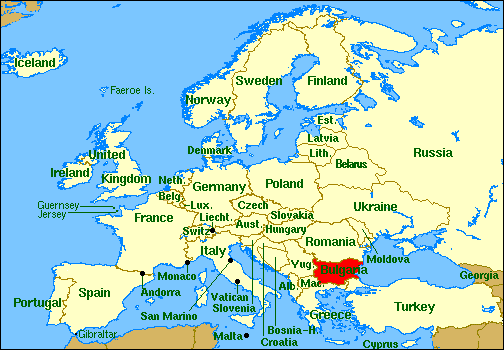
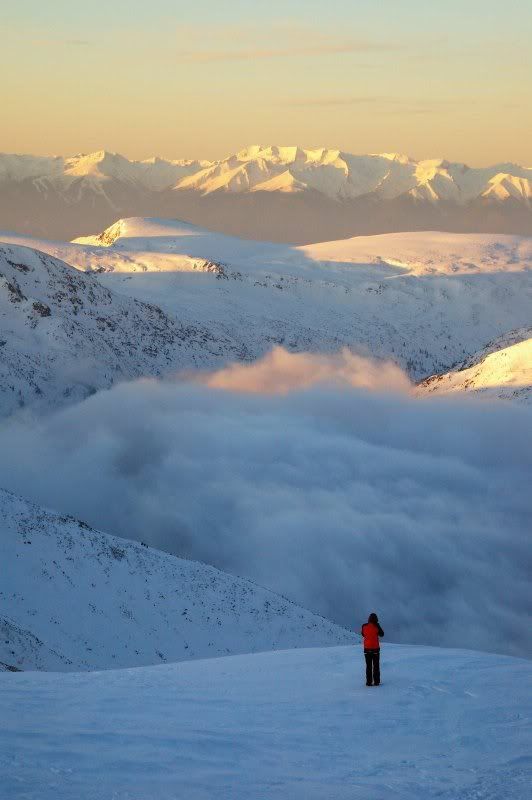


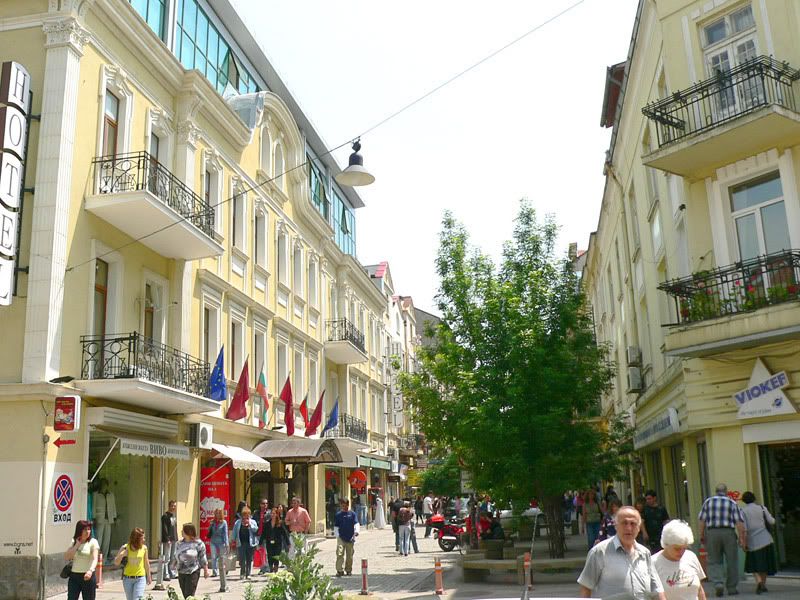
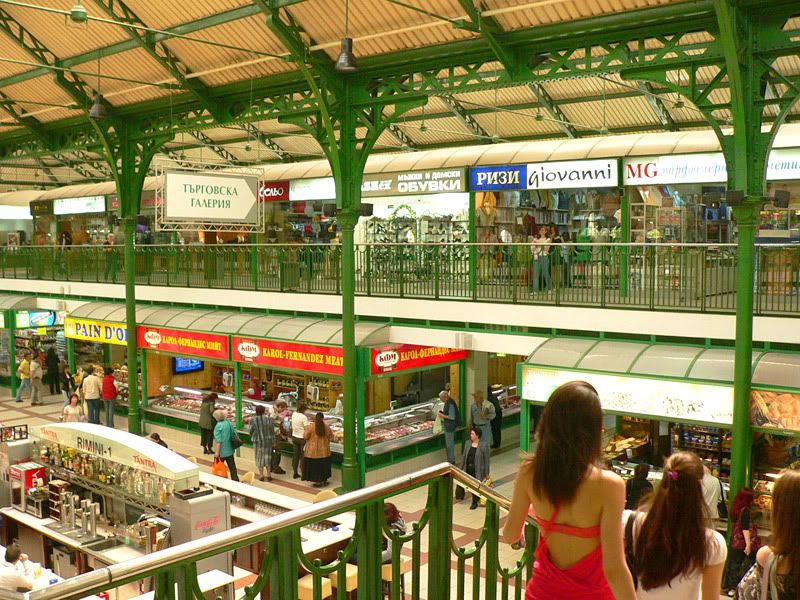



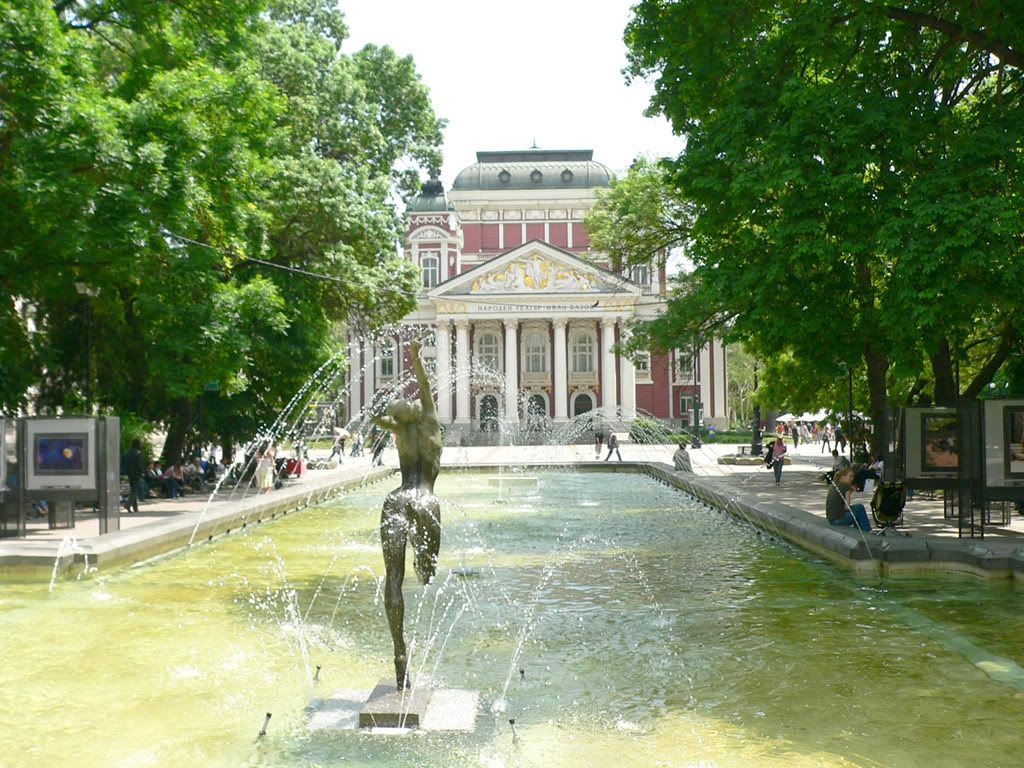


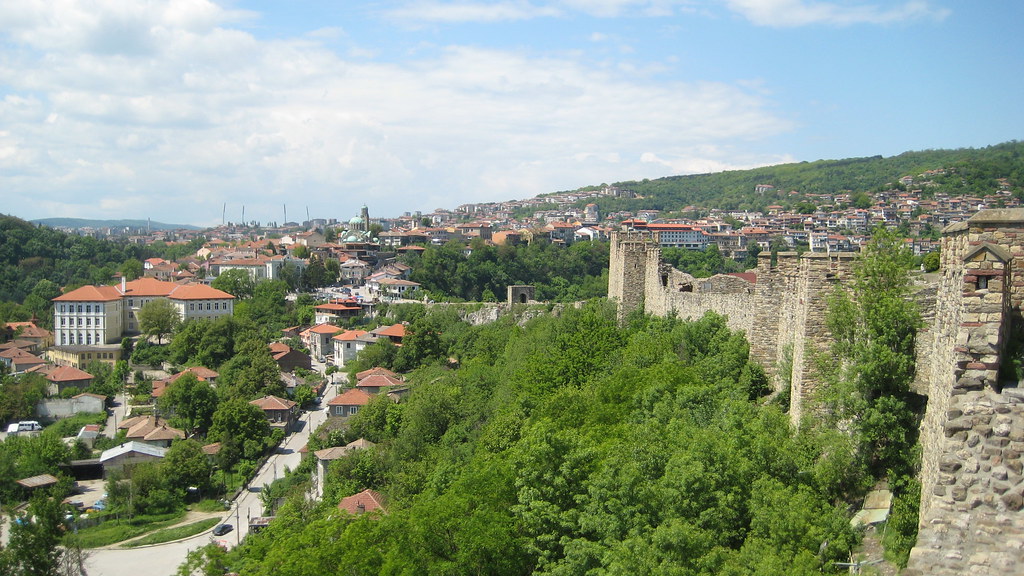





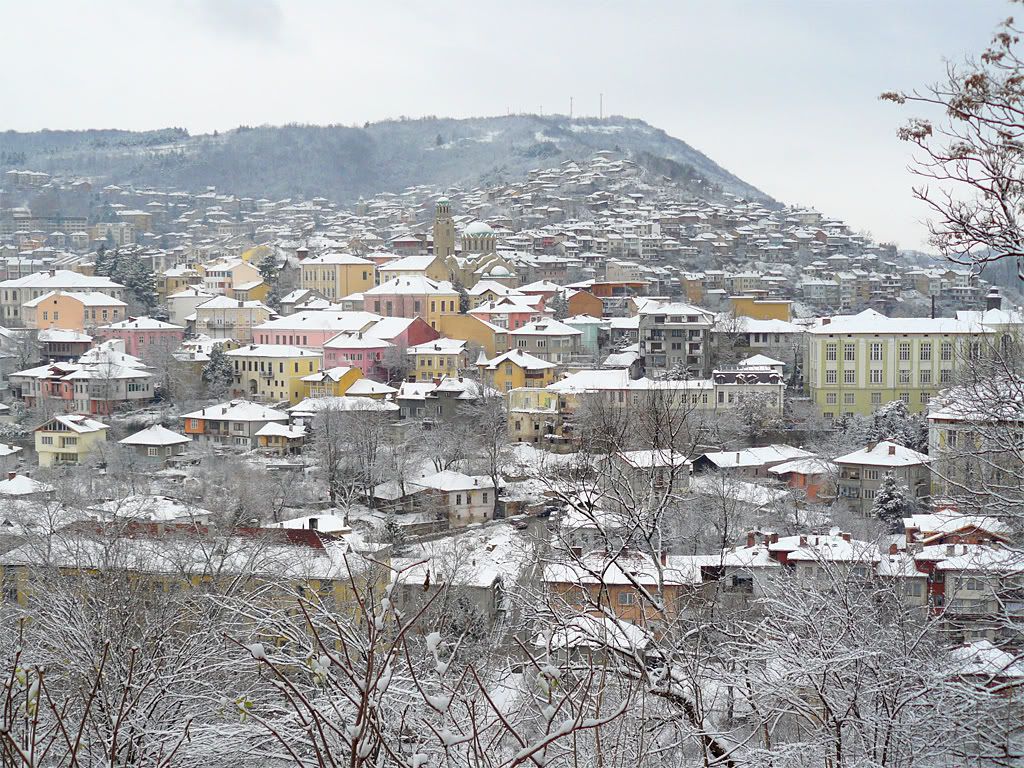


 .
.


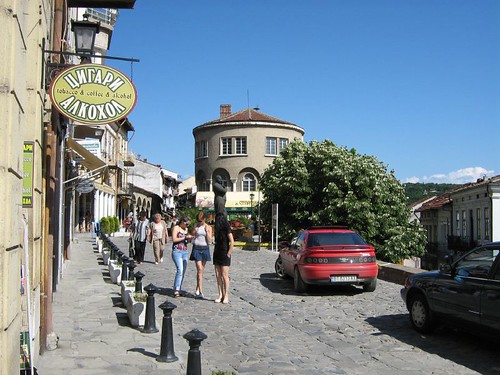
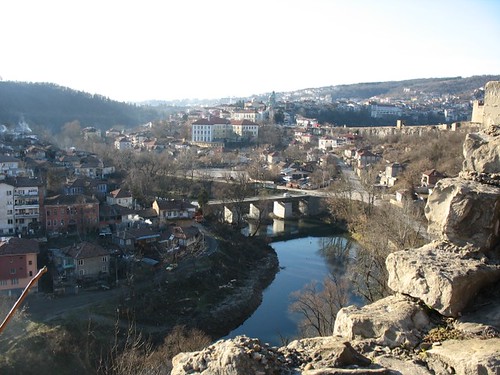

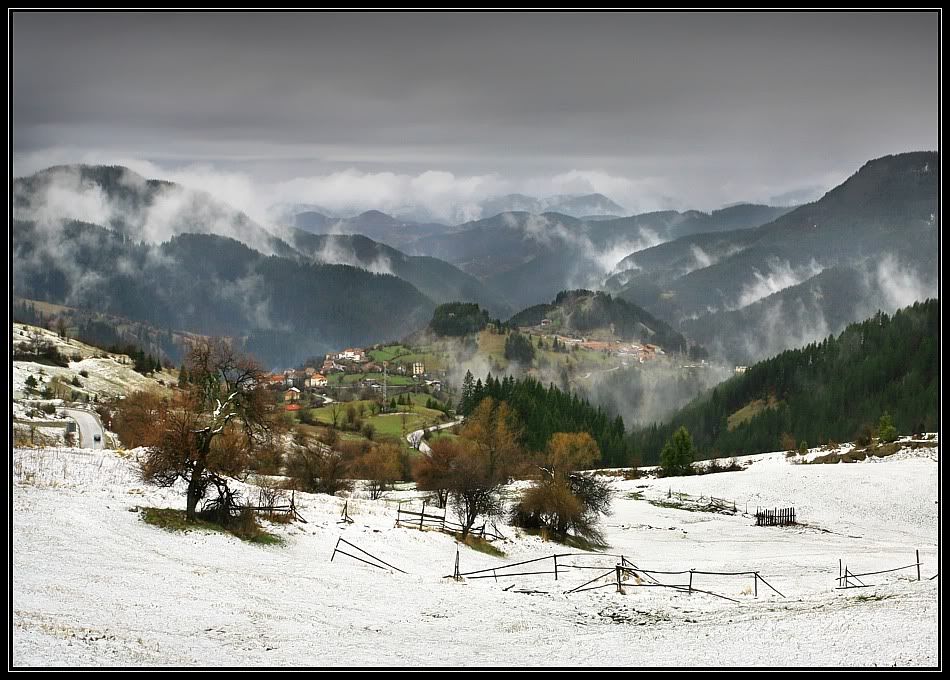











 Stara Planina, Botev, 2376 m
Stara Planina, Botev, 2376 m

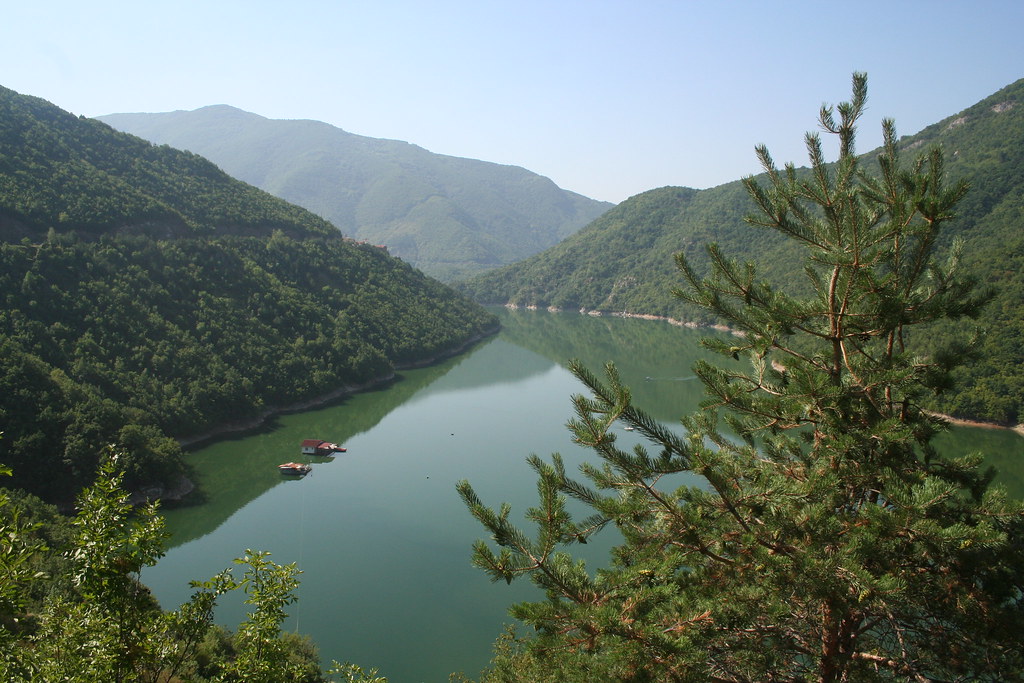

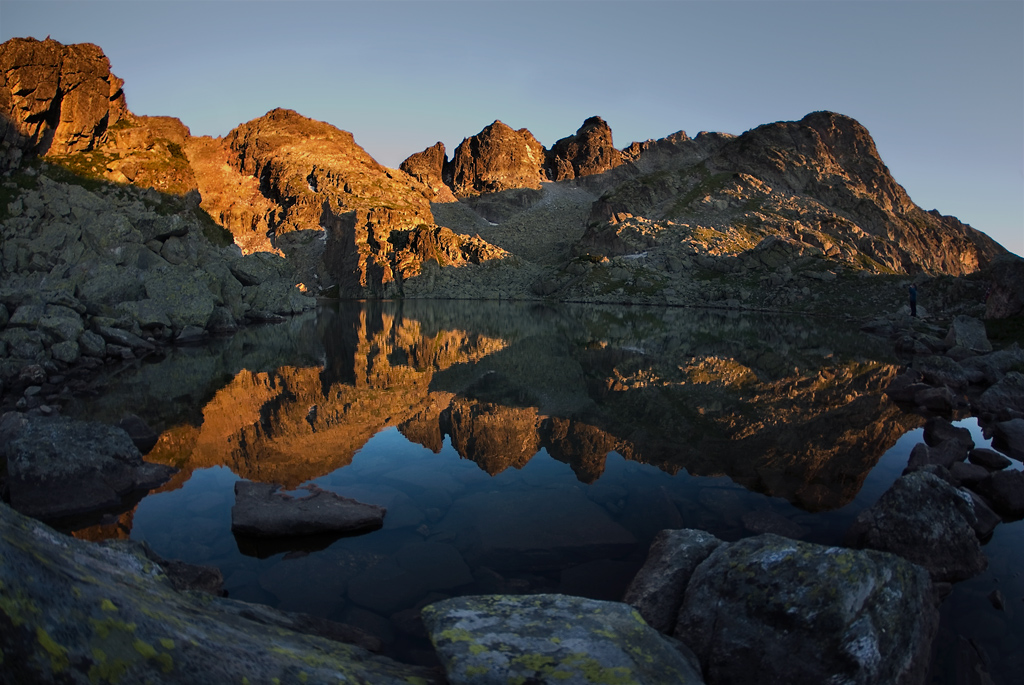


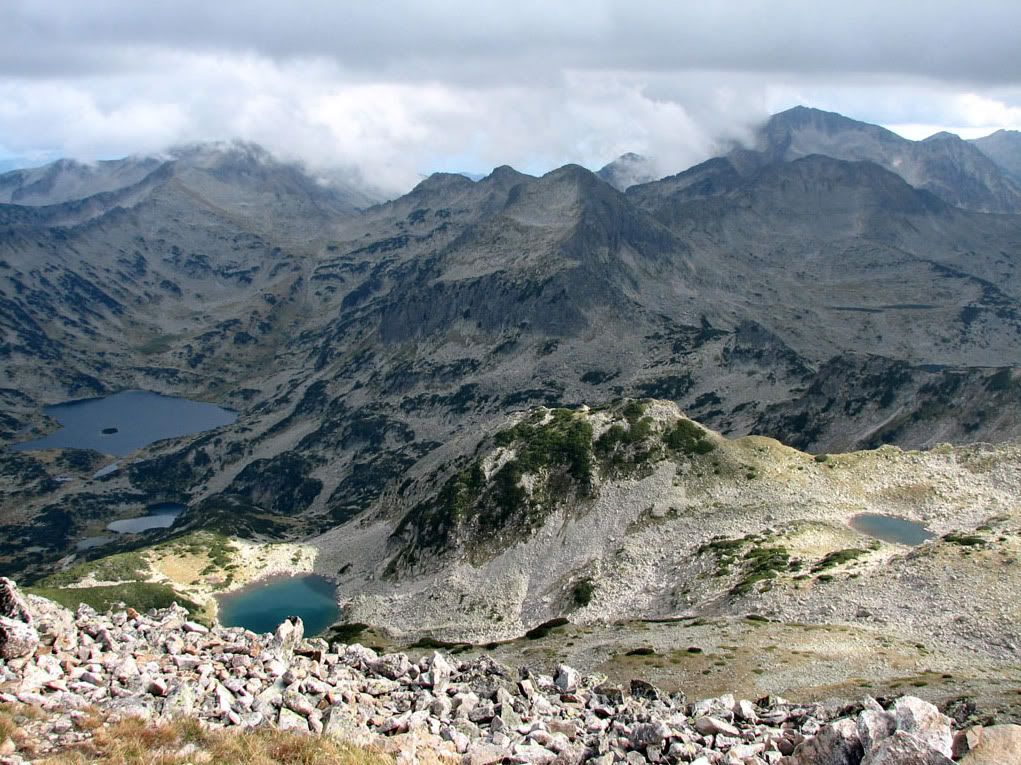




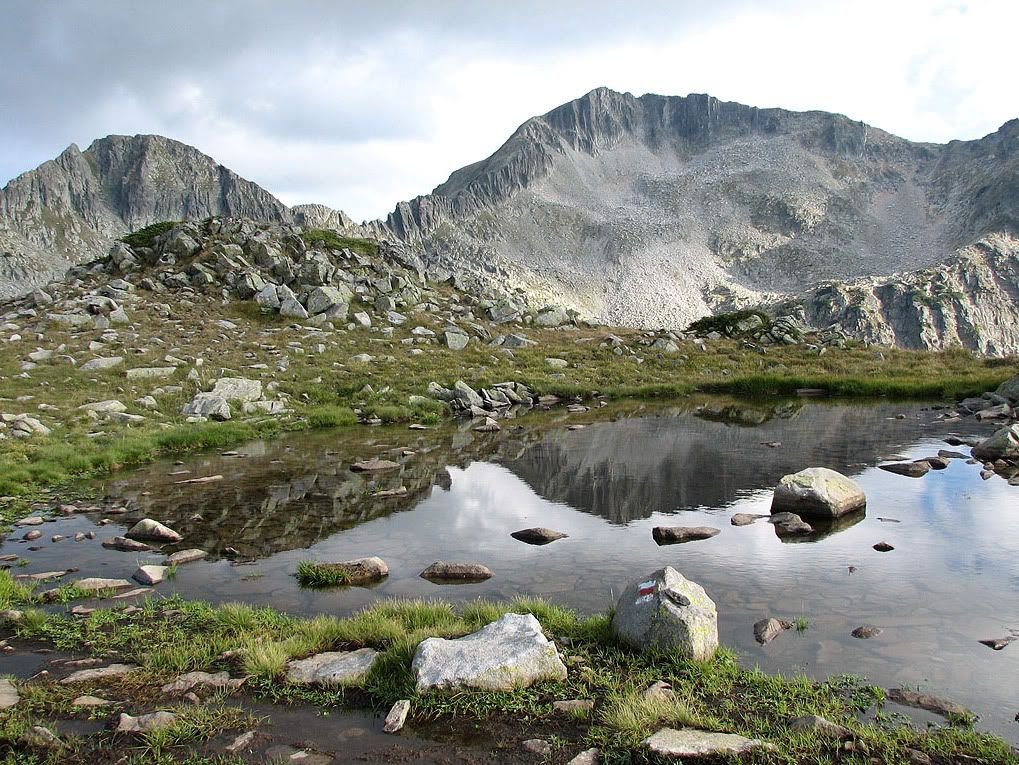








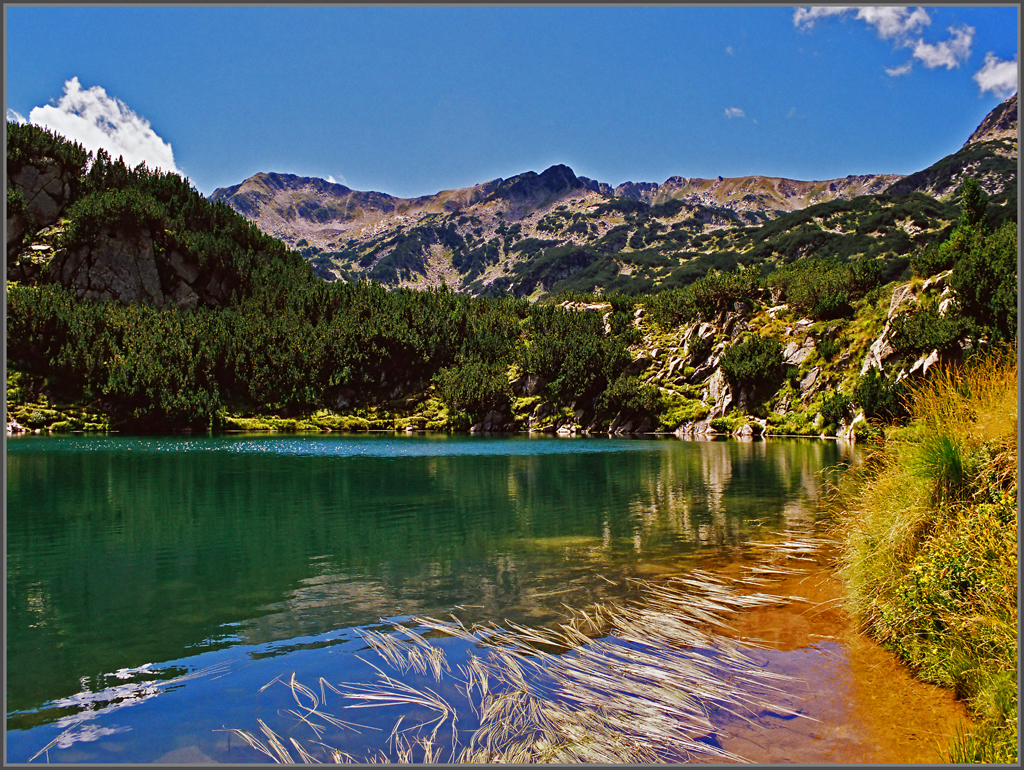













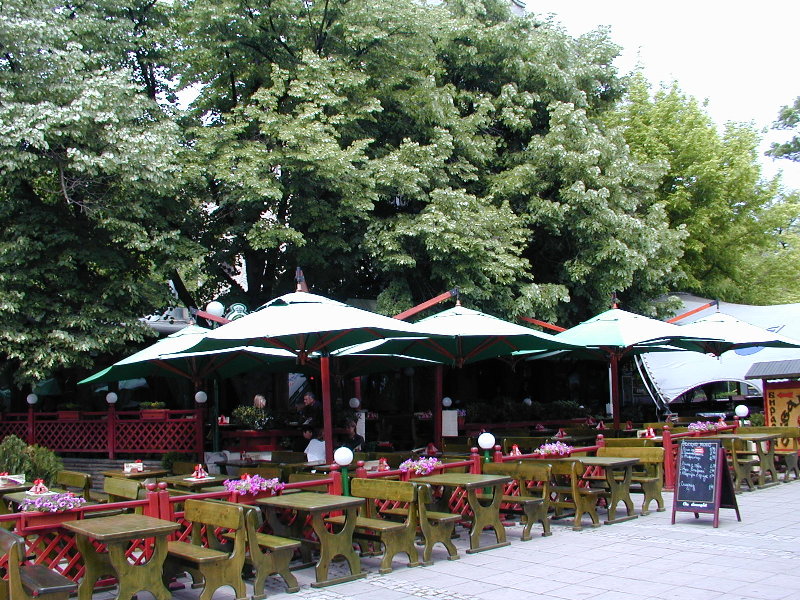
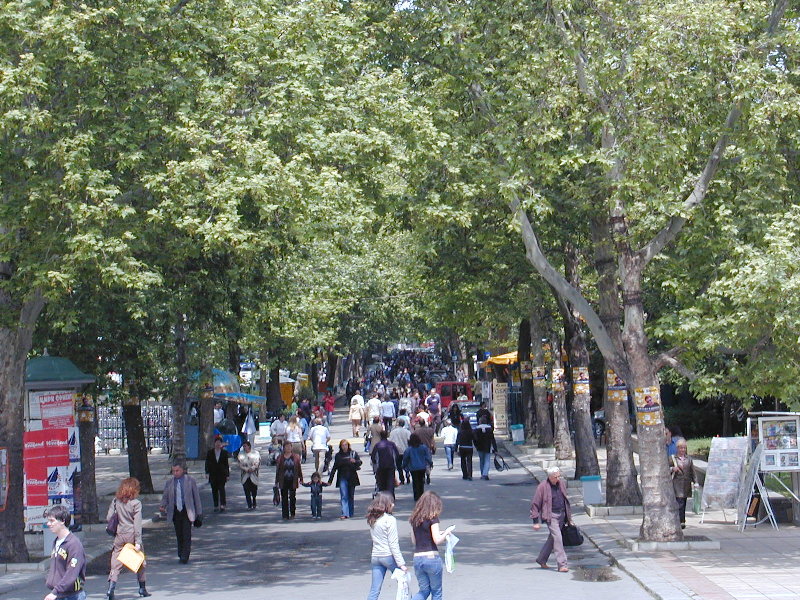
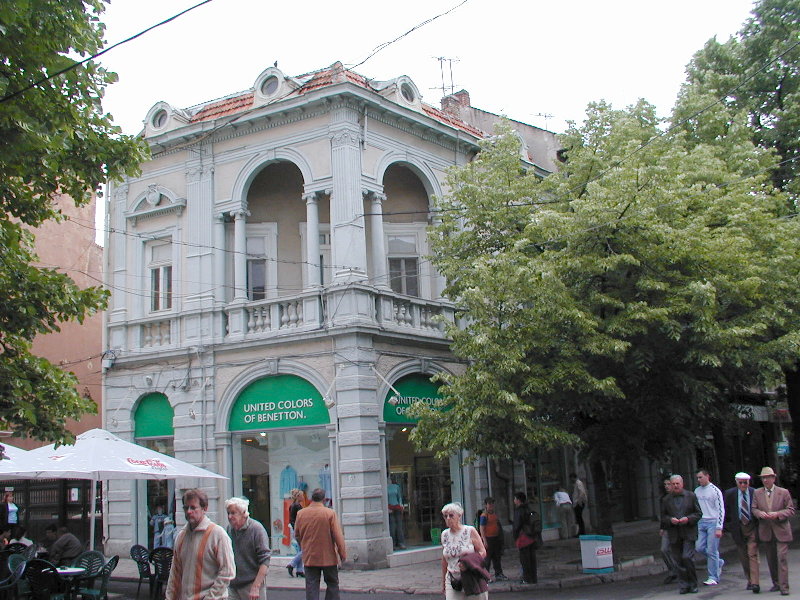


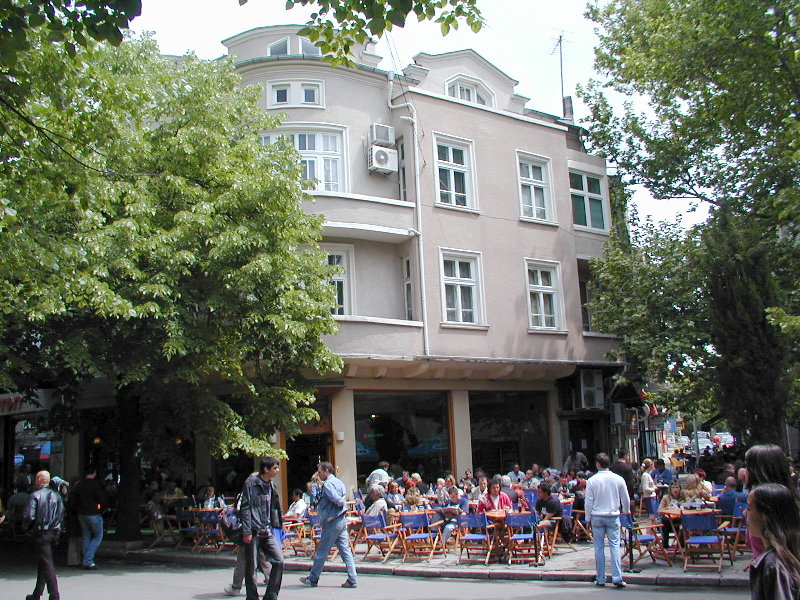

 .
.
 .
.
 .
.
 .
.
 .
.








 .
.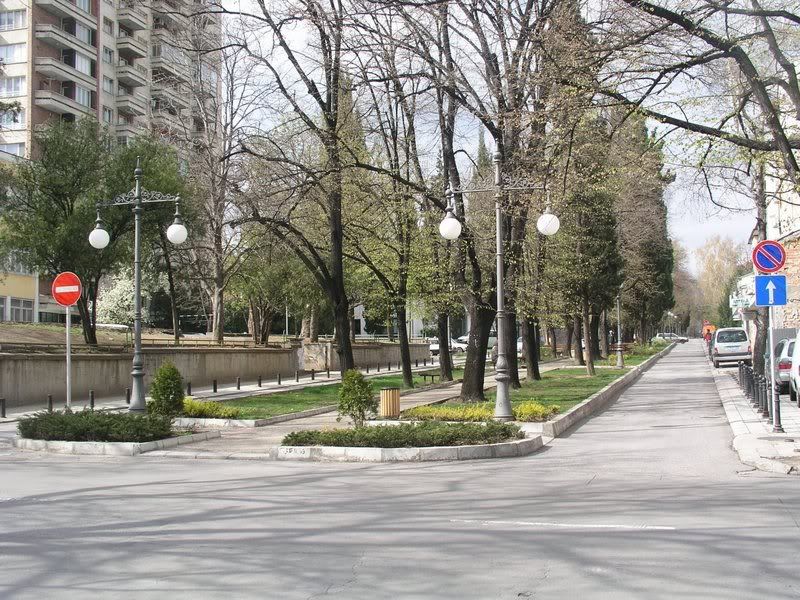 .
.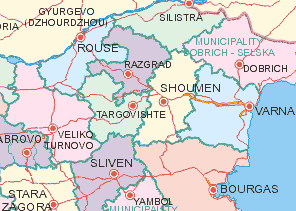










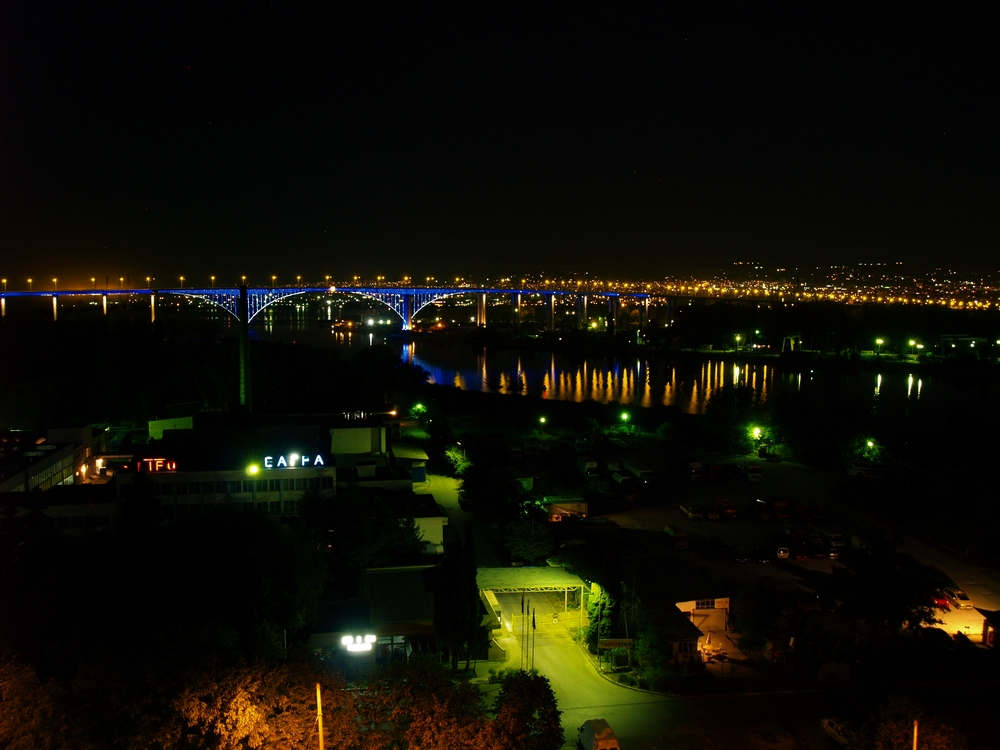
 .
.
Comentario